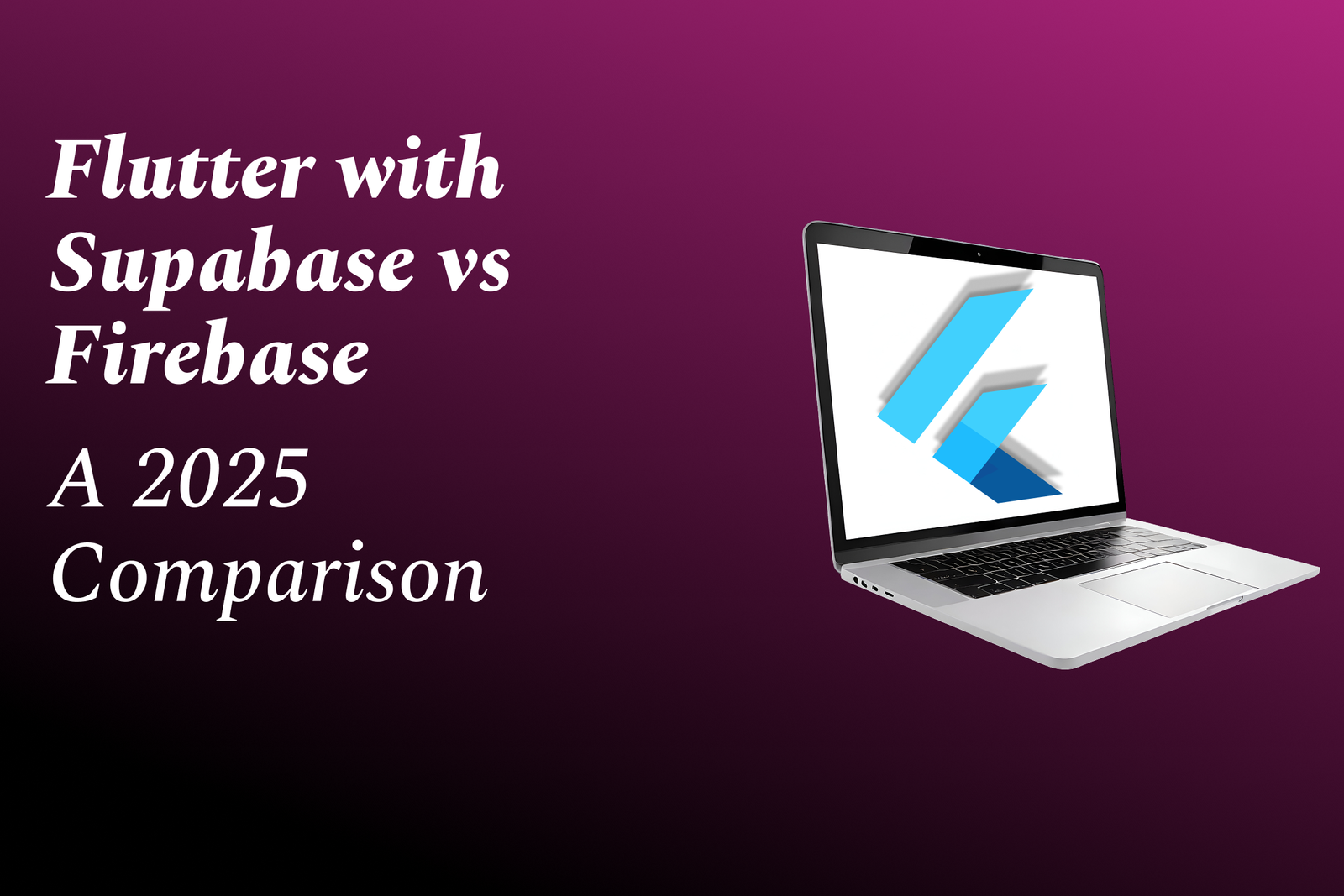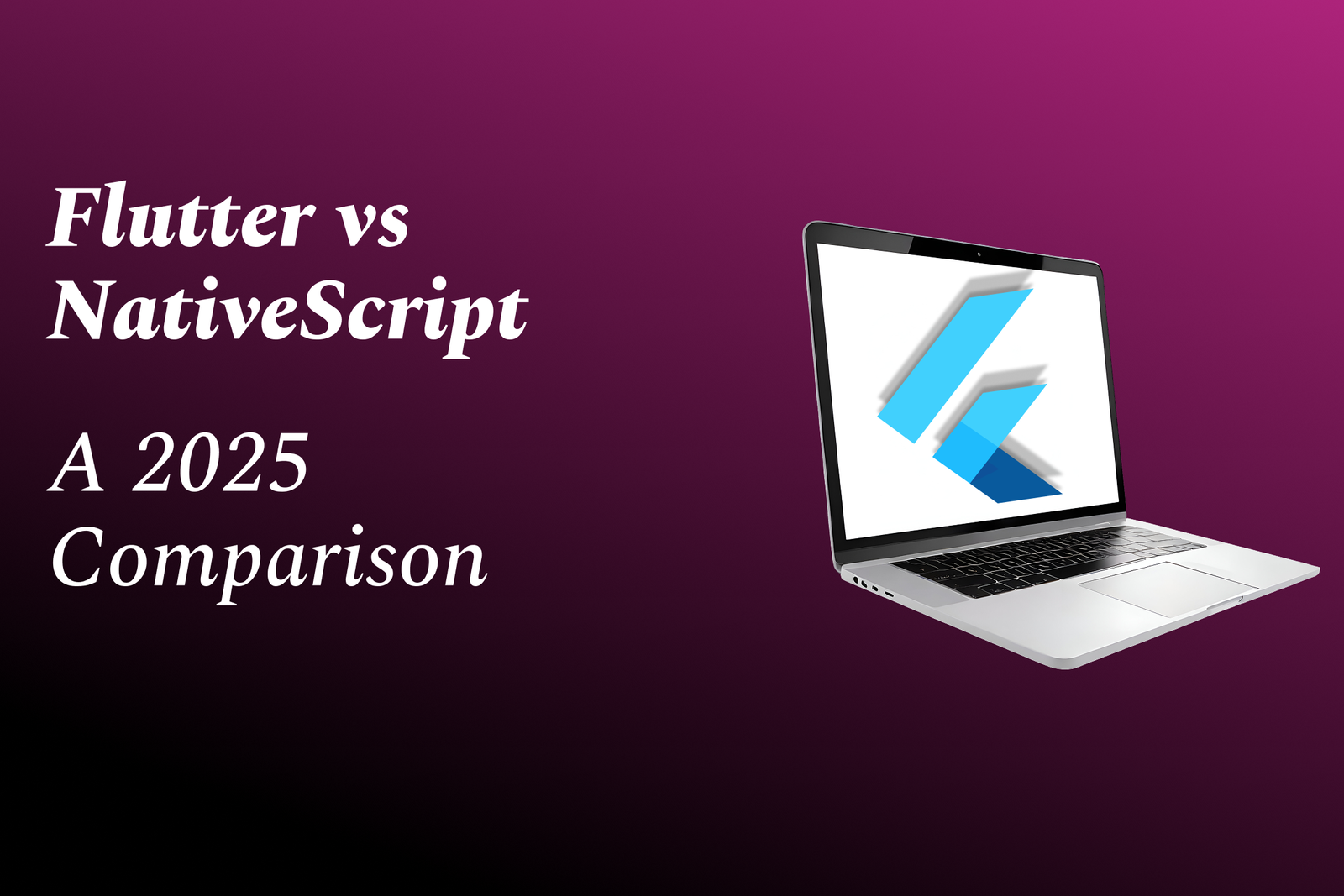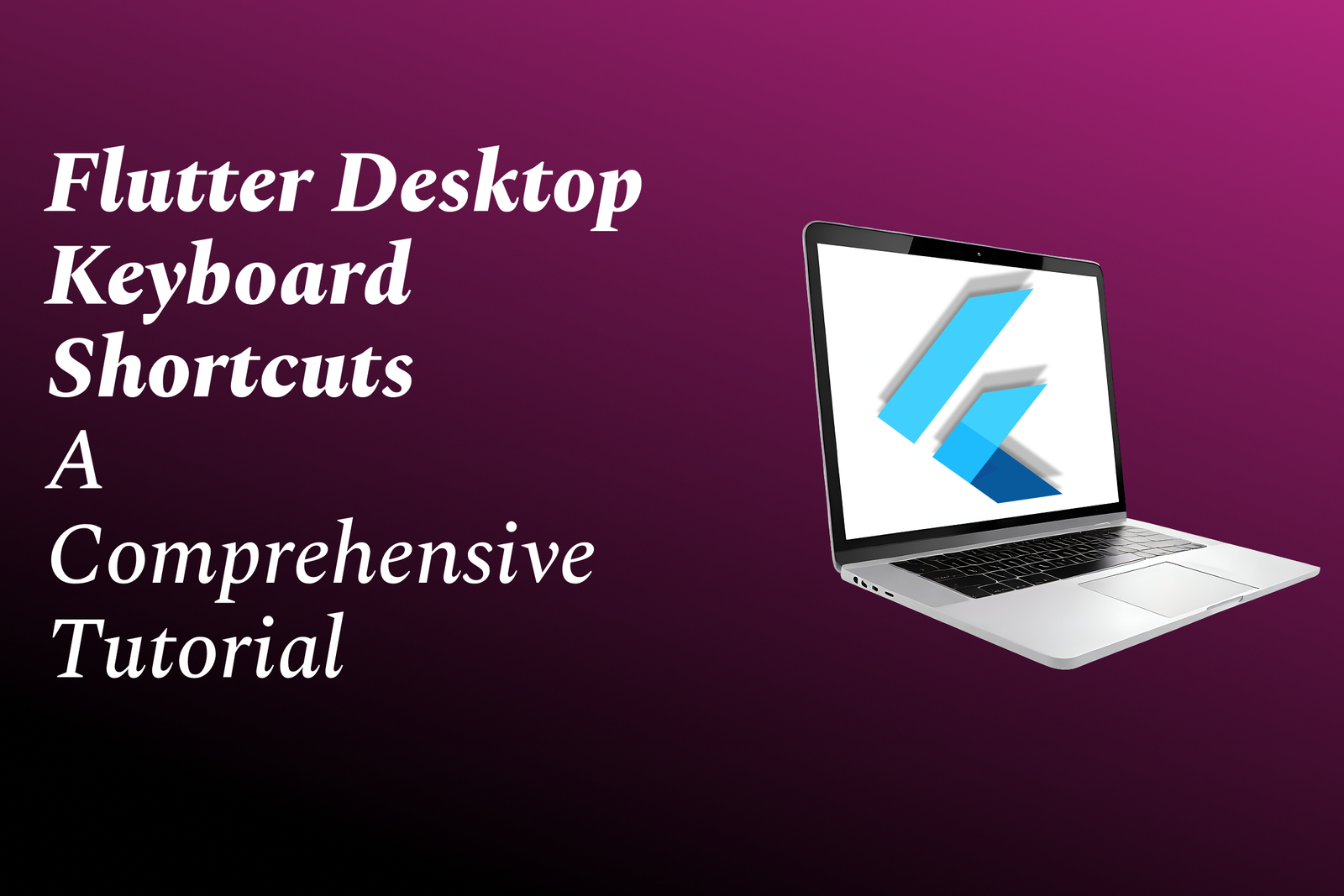Webview Integration
Optimizing WebView Integration for Enhanced User Experience
Webview Integration
WebView integration involves embedding a web browser within a mobile application, allowing developers to display web content seamlessly alongside native app features. This integration is achieved using platform-specific components, such as `WebView` in Android and `WKWebView` in iOS, which render HTML, CSS, and JavaScript directly within the app. This capability enables developers to provide rich, interactive web experiences without requiring users to switch contexts between an app and a web browser. WebView is commonly used for displaying dynamic content like user-generated pages, advertisements, and third-party services while maintaining the look and feel of the native application, though it requires careful handling of security concerns, such as managing permissions and ensuring safe interactions with external content.
To Download Our Brochure: https://www.justacademy.co/download-brochure-for-free
Message us for more information: +91 9987184296
1 - Definition of WebView: A WebView is a component that allows you to display web content within a native application. It acts like a mini browser embedded within your app.
2) Platforms Supported: WebViews are available on multiple platforms including Android (WebView component) and iOS (WKWebView), allowing cross platform development.
3) Use Cases: Common use cases for WebView include displaying online content, web pages, embedded videos, and rich media without leaving the app.
4) Integrating WebView in Android: To add a WebView in an Android app, you include the `<WebView>` element in your XML layout and configure it in your activity.
5) Integrating WebView in iOS: For iOS applications, you can utilize `WKWebView` by importing the WebKit framework and initializing it programmatically or via Storyboard.
6) Loading URLs: Both Android and iOS WebViews allow you to load URLs. You can use methods like `loadUrl()` in Android and `load(URLRequest)` in iOS.
7) JavaScript Support: WebViews support JavaScript execution. This allows you to interact with web content dynamically, facilitating features like AJAX and animations.
8) Handling Navigation: You can manage web navigation (back and forward) within the WebView for a smoother user experience, using methods to control navigation history.
9) Custom Client Implementation: You can create your own WebViewClient (Android) or WKNavigationDelegate (iOS) to handle events like page loading, errors, and link clicks.
10) Security Considerations: It’s essential to manage security settings. Ensure correct settings for JavaScript, cookies, and content loading to avoid vulnerabilities.
11) Communication between Web and Native: Implement message passing between JavaScript in the WebView and your native code to create interactive experiences.
12) Loading Local Content: You can display local HTML files and assets stored in your app bundle, ensuring offline accessibility and speed.
13) Performance Tuning: Understand performance aspects like caching, preloading, and memory management to ensure that your WebView behaves optimally.
14) Testing: Learn how to test WebView integration efficiently. Use emulators, actual devices, and debugging tools to identify and fix issues.
15) Monetization Options: Explore how to monetize WebView content, which could include ads, subscriptions, and external links, while adhering to policies of app stores.
16) User Experience Considerations: Focus on UX by ensuring responsive design, fast load times, and seamless transitions between web and app components.
17) Handling Different Screen Sizes: Make your WebView responsive to different screen dimensions to ensure an optimal user experience across devices.
18) Troubleshooting Common Issues: Familiarize yourself with common problems like slow loading, JavaScript errors, and network issues, and learn how to debug them.
19) Final Deployment: Before launching your application, ensure you have reviewed the WebView performance and compatibility across different devices and OS versions.
20) Resources for Learning: Provide students with resources such as documentation, online courses, and community forums for continuous learning and support.
This structured approach can help students understand the breadth and depth of WebView integration, equipping them with the knowledge necessary to implement it effectively in their applications.
Browse our course links : https://www.justacademy.co/all-courses
To Join our FREE DEMO Session: Click Here
Contact Us for more info:
data analytics applications
java training institute in thanjavur
iOS Training in Shahjahanpur
scope of power bi
Android Security Best Practices











